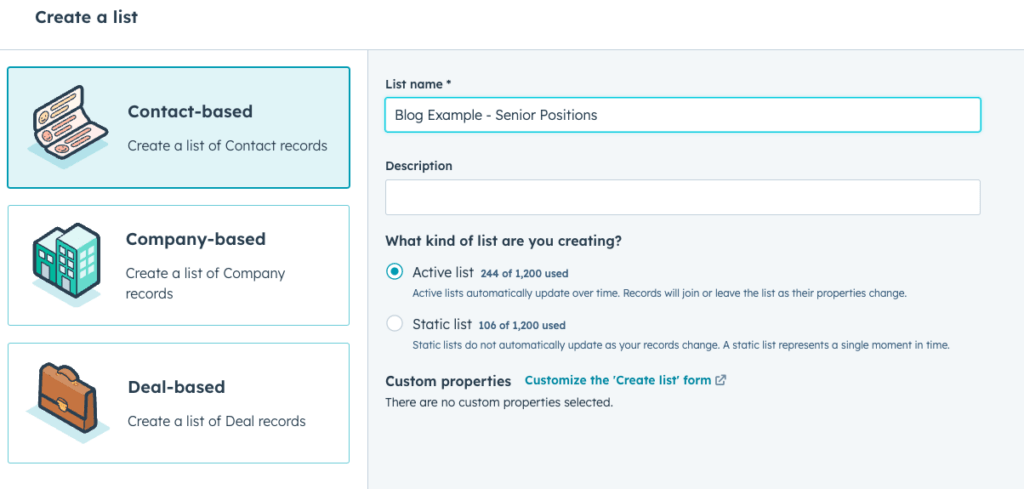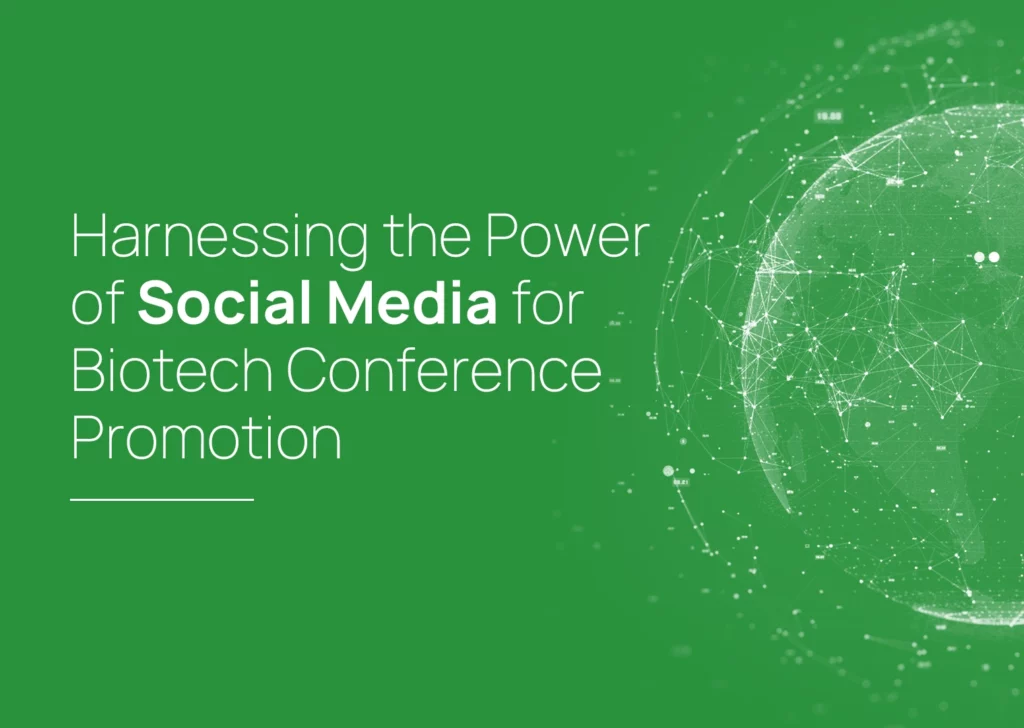Highlights
- Messy, disorganized contact data makes personalized messaging almost impossible.
- HubSpot Lists allow you to easily segment your audience into groups based on buyer persona, lifecycle stage, industry, interests, and engagement level.
- Contact segmentation powers automation, optimizes resources, reveals buyer journeys, maintains clean data, and drives targeted campaigns.
The Best Way to Segment Your Contact List
Lack of contact list organization makes it impossible to craft personalized, relevant messaging that will engage leads. Blasting generic emails to your entire contact list frustrates leads with irrelevant content, increases unsubscribe rates, and wastes precious marketing resources.
Without segmentation, sales teams also suffer from messy contacts. Sorting through a disorganized database delays lead follow-ups, hampers access to decision-maker contact info, and hides qualified prospects from view.
By properly making a concerted effort to segment your contact list and audience you gain benefits including:
- Higher open and click-through rates
- Improved conversion rate and customer lifetime value
- More efficient use of marketing resources
- Valuable insights into your contacts and their journeys
- Consistently tailored brand messaging for each segment
With segmented organization, customer relationship management (CRM) efficiency significantly improves. Marketers and salespeople can instantly access defined prospect categories, adapt pitches based on contact insights, and monitor engagement across strategic target accounts.
Additionally, customer support and service teams benefit from segmenting contacts to reveal customer priorities and pain points at different account lifecycle stages. Agents can preemptively provide stage-appropriate assistance through automation.
Using HubSpot Contact Segmentation to Organize Chaos
HubSpot’s flexible Lists feature allows you to segment contacts based on properties within your HubSpot contacts list, as well as interactions and behaviors that Hubspot tracks.
You can automatically filter contacts by criteria such as:
- Firmographic data
- Marketing interactions
- Website activity
- CRM properties
- Lifecycle stage
- Lead Source
Active Lists dynamically update based on specified criteria, enrolling and unenrolling contacts as they are added or as their properties change. Static Lists are created based on the same criteria but do not update. Contacts can be in multiple lists simultaneously.
Segment your contact list in HubSpot
- Navigate to Contacts > Lists

- Click Create List and choose Contact-based or Company-based
- Name your list based on a market segment you’d like to target, such as “Marketing Qualified Leads” or “Fortune 500 Firms”
- Choose between an Active or Static list

- Click Next
- Select filters from the left sidebar to enroll matching contacts
- Filter by contact data like lifecycle stage, form submissions, page views, etc.
- Use logic like AND and OR to combine filter criteria, allowing you to, for example, create a list of contacts who are purchasers or MQLs and work at a Fortune 500 firm or in this example it is based on senior job titles

- Organize lists into folders for easy access and reporting

Common Ways to Segment Contacts for Targeted Marketing
When you start to segment your contact list, you first need to identify relevant categories based on how you plan to personalize their experience. Here are five proven contact segmentation frameworks that will help organize your contacts and align marketing efforts to their needs:
1. Buyer Persona
Many B2B businesses design detailed buyer personas based on market research data. These represent your ideal customer profiles. You can assign personas as contact properties and group them together for targeted content.
Send specific blog posts, emails, and landing pages tailored to address each persona’s motivations.
2. Lifecycle Stage
Gauge where contacts land within the buyer’s journey. Group them by stage and tailor messaging that moves them to the next phase.
Deliver targeted content that builds awareness. Send product demos, free trials, and information about time-limited promotions to marketing qualified leads. Spot struggling customers quickly based on lower engagement.
3. Industry
Divide contacts according to their industry using HubSpot properties. Demonstrate your company’s vertical expertise with tailored resources.
Craft emails with valuable industry news and information, niche use cases of your product, and links to relevant blogs to build trust and credibility.
4. Intent & Interest
Identify contacts interacting with your gated content for your product suite.
Flag event registrant lists for immediate follow-up. Track form submission and page visit activity through Active Lists to monitor interest, so you can re-engage at the right time.
5. Engagement Level
See who engages with your emails, content, and ads, then target them with similar personalized messaging. This also helps you determine less engaged segments for re-targeting.
Filter lists based on the last marketing email interactions. Craft more compelling subject lines and headers if rates decline. Reach out to investigate low-engagement contacts, then adjust targeting or refresh your approach based on that feedback.
Benefits of Solid Contact Segmentation in HubSpot
Implementing these suggestions can provide dividends including:
- Focus: Match messaging to contact segments for higher engagement
- Buyer Journey Mapping: Identify needs, common objections, and milestones across each lifecycle stage
- Effort Optimization: Ensure resources are invested into campaigns with the highest return on investment
- CRM Hygiene: Maintain clean structures across sales, services, and support for consolidated analysis
- Predictive Intelligence: Discover trends around segment response rates and engagement patterns over time
- Scalable Growth: Build targeted, automated campaigns across key segments as you expand
Simply put, if you segment your contact list you can more effectively and efficiently nurture contacts through your marketing funnel.

It’s Time to Segment Your Contact List
Having an accurate picture of who customers are and what they want is everything. Segmentation gives you the clarity needed to understand them and provide an effective, personalized message. With buyers growing increasingly wary of generic, empty marketing messages that don’t speak to their needs, segmentation is no longer optional. It is critical to target your message to each marketing niche, one segment at a time.
At Samba Scientific, we can help increase your marketing efficiency with segmentation. Let’s chat about building your custom solution!





